With an estimated 24 million ecommerce websites operating globally, it’s safe to say that most people these days have bought something online. Especially in today’s climate, buying online is one of the easiest and safest ways to purchase products and services. But have you ever thought about selling online? There are lots of attractive reasons to make a side hustle or even a career out of selling online, like:
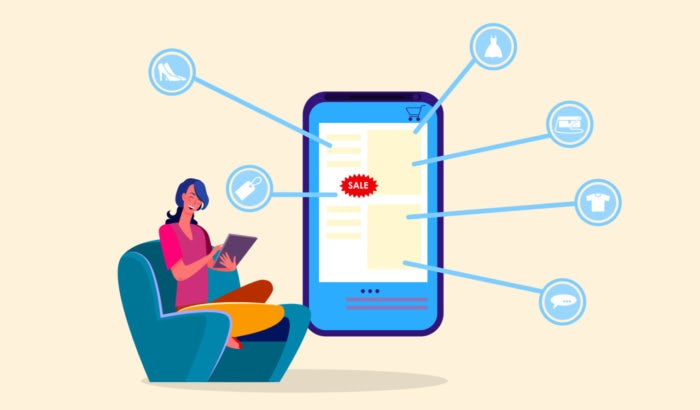
- Launching an ecommerce business has a relatively low startup cost
- 87% of shoppers are most likely to start their search for products online (even if they end up buying from a physical store in the end)
- With ecommerce, it’s easier to collect, measure and act on customer data than it is when you’re operating a brick and mortar shop
- With an ecommerce store, you can reach customers who aren’t able to visit your physical store
- It’s easier and faster to set up an ecommerce store and start selling online than it is to set up a brick and mortar store
Even though it’s easy to set up an ecommerce site, it’s important not to jump into it without some planning. Here’s what you need to do first:
- Define your overall branding
- Establish an ecommerce strategy
- Pick the right products to sell online
- Choose an ecommerce platform that suits you
- Create a website that looks and works great
- Set up social media accounts before you go live
This may seem like a lot, but when you break it down, each step is very doable! You can read more about it in our guide to starting an ecommerce store in 7 simple steps. In this post, we’re covering all the “big picture” things you need to know about selling online, rather than the more granular steps of how to sell online. If you’re serious about setting up shop and selling online, you need a thorough understanding of both.
Here’s what we’ll cover in this article:
- Where to sell online
- Brand your way to success
- The importance of marketing and UX
- What type of products can you sell online?
- Top 3 latest ecommerce trends

Where to sell online
—
There’s a plethora of places where you can sell products online, from social media to your own ecommerce website. With all these options, it might be difficult to figure out which is best for you. Learn about the different ecommerce avenues available to you to determine which is the right one for your business and remember, you can always switch to another one down the line if your business model or needs change.
Selling on social media
You can sell online quite easily via Facebook, Instagram, Twitter or Pinterest. The benefits of selling on social media are that it’s super easy to set up and that you automatically have an inbuilt audience that can grow. Facebook Marketplace is a great way to keep transactions local and is very similar to an online yard sale. Facebook’s and Instagram’s “Shop Now” button lets your fans easily click and be taken to a website to buy your products. Pinterest is a great place to sell physical products via Buyable Pins that consumers can click on directly to go to a website and purchase.
Pros:
- Easy to set up
- Instant audience
- Keep transactions local
- Affordable
Cons:
- Not as “official” as an ecommerce website
- Harder to track your repeat customers
- More difficult to include branding and make your shop your own
In summary, you might choose to sell on social media if you’re just getting started and want to see if selling online is right for you.
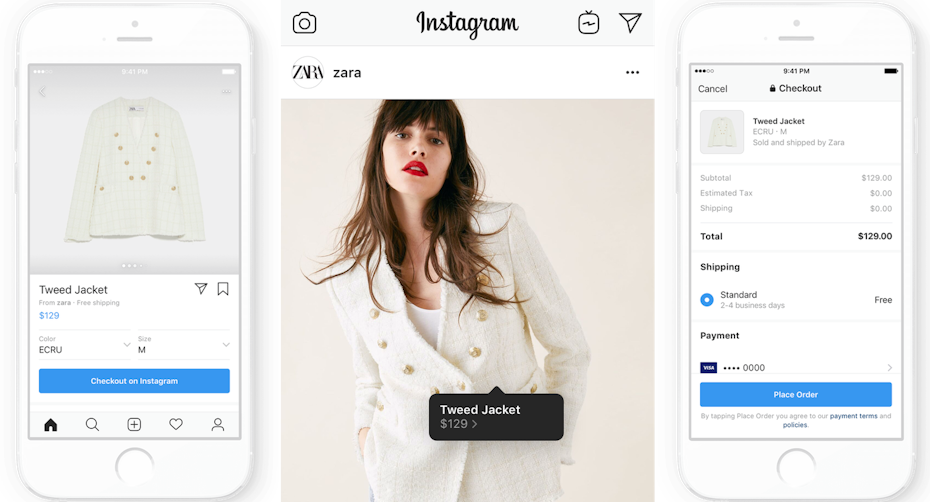
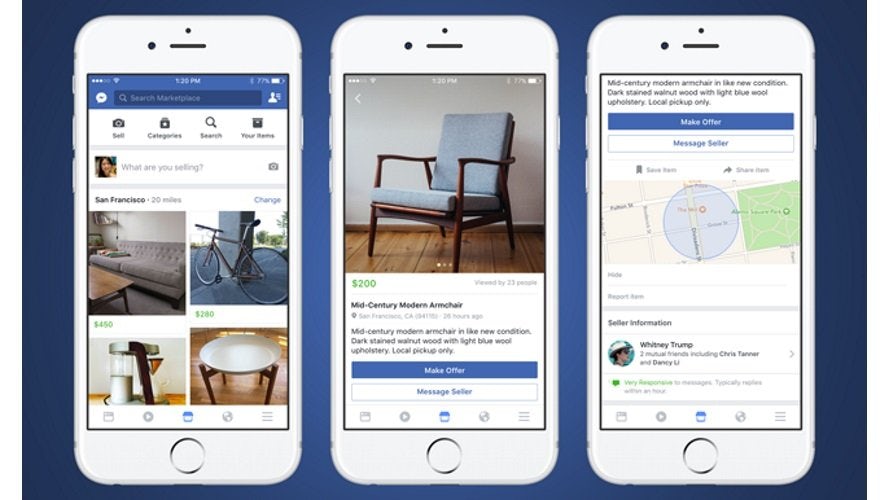
Selling through online marketplaces
Selling through online marketplaces is a more official way to start a shop than social media, but it requires almost as little effort. It’s also a great way to leverage an existing audience that frequents online marketplaces. A downside of selling on online marketplaces is that they often take a percentage of your sale. Examples of great online marketplaces to sell your products or services are eBay, etsy, Amazon, Alibaba.com and Google Express.
Pros:
- More official than selling on social media
- An easy way to leverage an existing audience
Cons:
- More effort to set up than a social media shop
- Marketplaces often take a percentage of your sale.
You might choose to sell on online marketplaces if you’re ready to take the next step after trialling a social media shop, but aren’t quite ready to set up your own ecommerce shop.
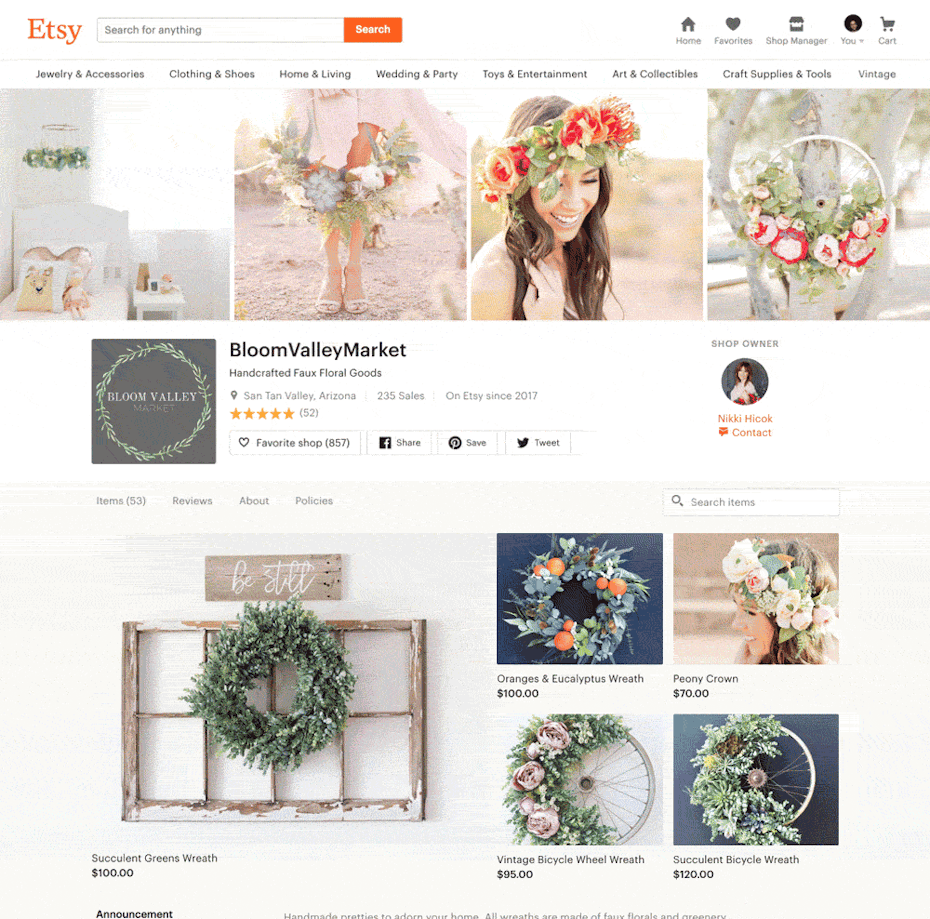
Building your own ecommerce website
Although this avenue requires the most effort, it allows you to build a truly custom shop. If you’re serious about building a business selling online, this is the way to do it.
The best way to get a unique, fully customized ecommerce website is to work with a web designer to create exactly what you need. But there are many template sites and website builders (like Wix, Shopify and Squarespace) that allow you to build one with no prior coding experience. Keep in mind that templates allow for limited customization and you might not get exactly what you’re looking for. Fortunately, many website builders also allow you to hire a designer to give your site a custom look.
Pros:
- Customizable (though certain platforms have their limits)
- Easy to track and market to repeat customers
- The best way to show off your brand
Cons:
- More difficult to set up than stores on social media or online marketplaces
- There is often a cost involved to register a domain and host your website
- You may need to update your website regularly
If you’ve got more of a budget to work with and are serious about building your business, setting up an ecommerce website might be the right choice for you.
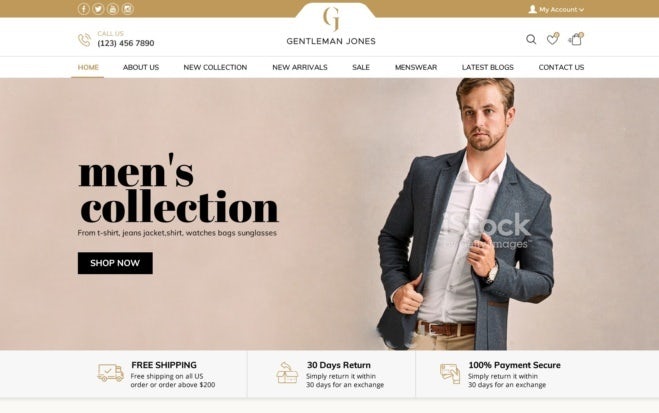
Brand your way to success
—
No matter where you choose to sell online, having a well-developed brand will net you more sales than you’d get without one.
By creating a brand, your customers will be able to recognize your business instantly across platforms. A brand includes everything from your logo design to your product packaging to the kinds of images you use on your website and the tone of voice your copy takes..
When creating a brand for your online business, it’s important that the look and feel is suitable for your target audience. For example, sophisticated and muted tones mightn’t be appropriate for a kids gym, but they might be perfect for an up-market fashion company. Create a brand style guide for your business to ensure your brand is always portrayed consistently online.
Be sure to also check out this complete guide to ecommerce branding to learn more about the specifics of branding an ecommerce business.
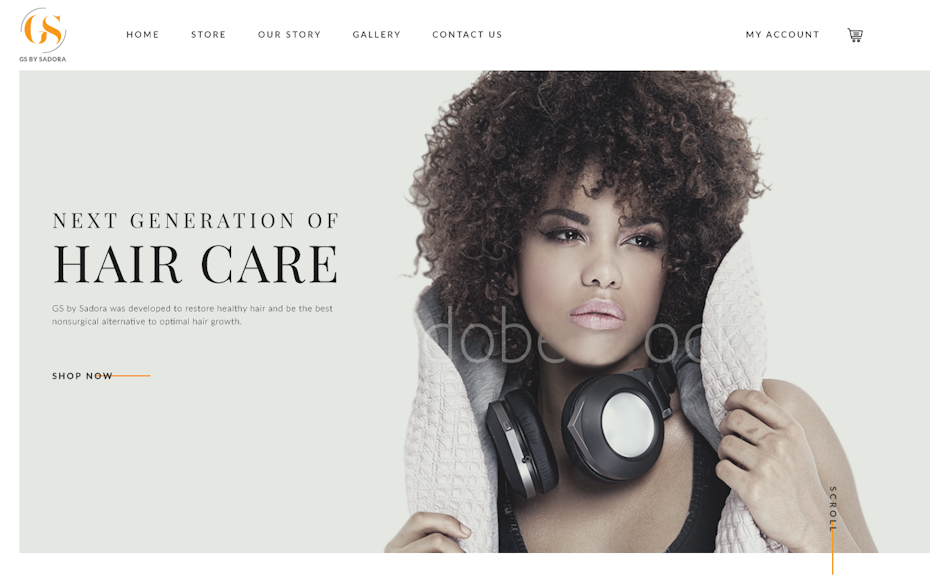

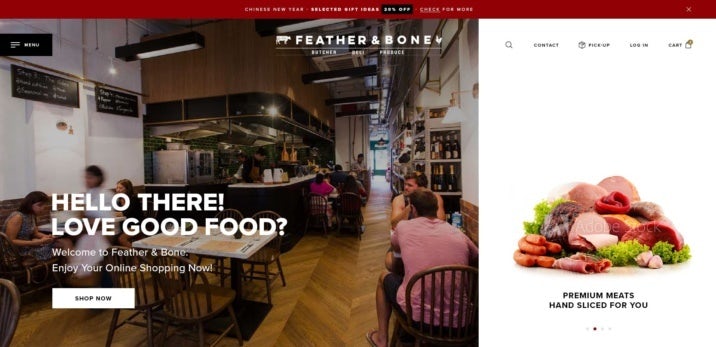
The importance of effective marketing and great UX design
—
Online selling doesn’t stop at the purchasing part. It’s important to understand how you will drive customers to your store, as well as how you will keep them and keep them coming back! Here are a few ecommerce must-haves:
Online advertising
According to a 2019 study, 51% of shoppers said that they used Google to research a purchase they plan to make online. Once your customers make this search, you can use this opportunity to market to them online via Google, and then retarget them via social media platforms like Facebook and Instagram. This is called retargeting or remarketing, and works when someone interacts with your business online. Even if that person doesn’t instantly convert to a paying customer, they’ll see an ad for your product or service when they log into Instagram or Facebook later on. This strengthens your brand recognition and makes it more likely that they will convert to a paying customer in the future.
Online advertising is a great way to get your audience to notice you, or to find out about you in the first place. You can read more about digital advertising in our beginner’s guide to advertising online.

Email marketing
Did you know that the number of global email users is roughly 3.9 billion? Plus, email marketing has the highest return on investment for small businesses. If you’re looking for a great way to drive your audience to your online shop, email marketing is for you. Email marketing allows you to showcase your current promotions and specials, share relevant news stories with your customers, introduce new products and ask your audience for feedback on your brand and products.
Check out some great email marketing design here. Consider looking at email platforms like HubSpot, Campaign Monitor and Mailchimp to set up simple yet effective email newsletters which you can easily track.
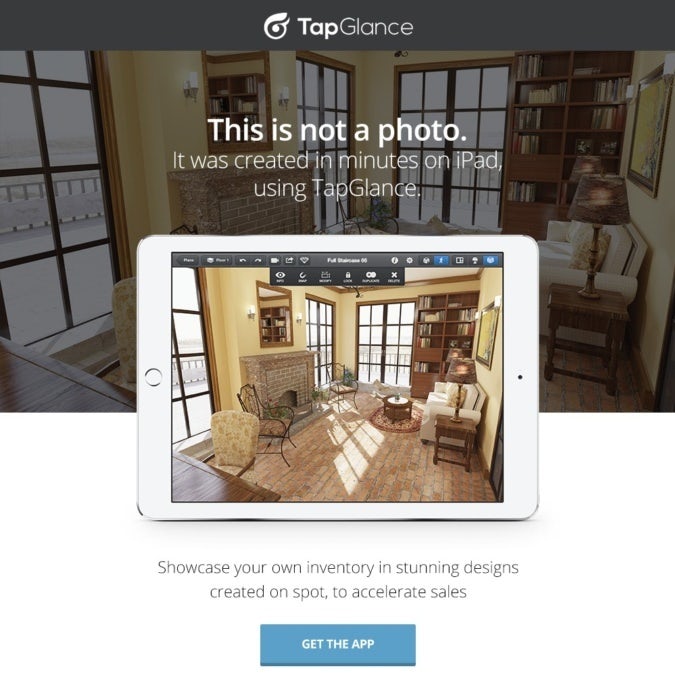
Great UX design
UX, or user experience, is extremely important for your ecommerce website. It’s how users interact with your website and can often make or break a sale. For example, meditation app Calm keeps their users healthier and calmer through a minimalist UX design. Their UX design helps users easily navigate through the website and find the information they’re looking for. Users can even choose an environment like the rainforest or the sea as they navigate through the site and app, giving them a way to customize their experience with Calm.

Considering things like having navigation menus in the correct place and making the complete user journey an intuitive one is vital if you’re looking to have repeat customers, not drop-offs. Remember to also always check for broken links and other technical features that might be annoying to your audience when testing your ecommerce site’s UX design. To get in-depth on UX and how to make your website easy and even fun for users, check out our guide to creating great UX design.

What type of products can you sell online?
—
Essentially, there are two types of products that you can sell online.
- Commoditized products
- Niche products
Commoditized products are indispensable and mainstream products or services. Basically, they’re products that everyone needs. The majority of online purchases around the world are of commoditized products. For example, clothing, makeup, food.
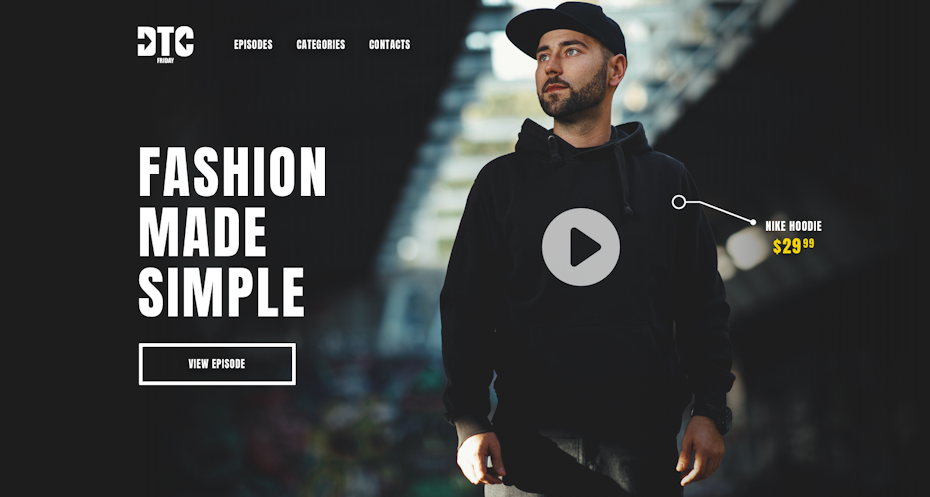
Meanwhile, niche products are products or services that are for a very specific, or niche, audience. They’re usually made on-demand or in small batch runs. For example, handmade jewellery, one-of-a-kind plants, homemade candy.

Selling only commoditized products in your online store (especially if they’re already sold on major online marketplaces like Amazon) will make it very hard to become successful, as you’re competing with the big dogs. We suggest selling a mix of both commoditized and niche products in order to offer the best value to your clients. For example, if you are selling candy, think about commoditized products that you can sell in bulk (like a well-known candy brand) but then add a niche to your ecommerce website by selling handmade candy that no other store is able to offer.
Finally, tangible products aren’t the only thing you can sell online. Don’t forget about selling services online too, like online courses. If you’re in the service business, you might also consider selling things like marketing services, custom videos, design templates, coaching sessions and even subscriptions online, which can combine selling products and services, depending on what kind of subscriptions you offer.
Digital products are also a unique niche that you might like to sell online. This can include things like skins for gaming characters, digital art and eBooks and themes for websites.

Top three latest ecommerce trends
—
Still looking for some inspiration for your ecommerce website? Take a look at some of the biggest 2020 ecommerce design trends for some great branding, packaging and design tips. This is what today’s customers want and expect from online shopping.
Motion in product images
Videos, cinemagraphs, animation and microinteractions are more popular than ever, and a great way to stand out from the crowd when it comes to selling online is to show off your products in motion, rather than static images.

Unconventional grid layouts
Experimenting with new layouts and jumping off the grid bandwagon gives your brand an edgy and contemporary feel, which is especially helpful for modern and fashionable industries.

Landing page-product page hybrids
Ads and social posts often direct shoppers straight to the product page, which means they never actually see the homepage of your website. That’s why ecommerce designers are focusing more on their landing pages, resulting in mini stores revolving around a single product or category.
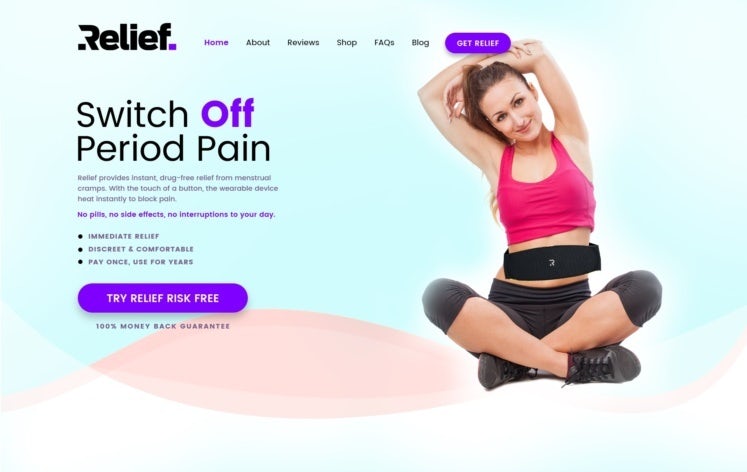
Start selling online today
—
Whether you’re looking to sell on social media, on an online marketplace or build your own ecommerce store, remember to focus on branding, great UX and consider selling both commoditized and niche products.
If you have a great idea to sell a product or service online, now’s the perfect time to start. Or, if you already have an online store, think about revamping it with these tips. In either case, you’ll need great web design to connect with your target audience, so find a designer who fits your style today!
Need awesome web design for your ecommerce site?
Our designers can create the perfect look for your brand.
The post Everything you need to know about selling online appeared first on 99designs.
Everything you need to know about selling online posted first on https://www.lilpackaging.com
No comments:
Post a Comment